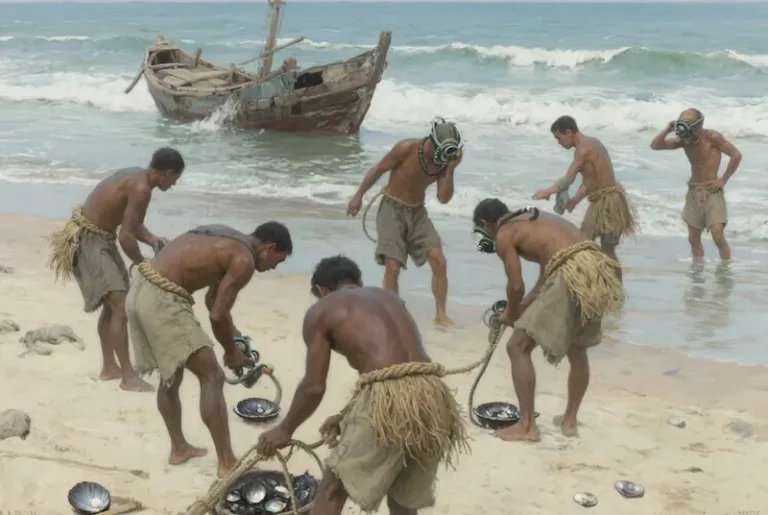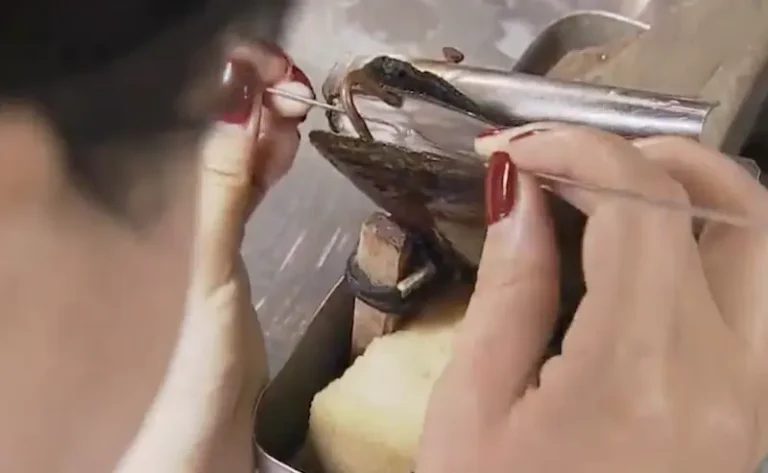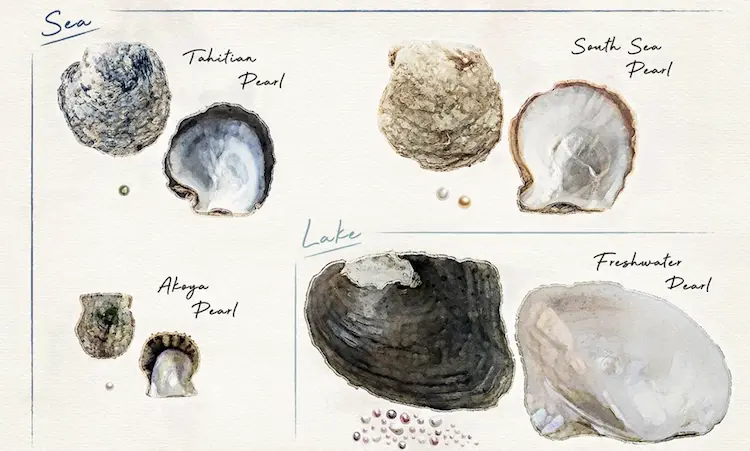Have you ever wondered how those gorgeous pearls in necklaces are actually made? The answer to ‘how long does it take for a pearl to form?’ reveals one of nature’s most amazing secrets. “You’re about to discover a truly remarkable process. The real shocker? It can take anywhere from a few months to even decades for a single pearl to form, which is crucial to understanding how long does it take for a pearl to form!”
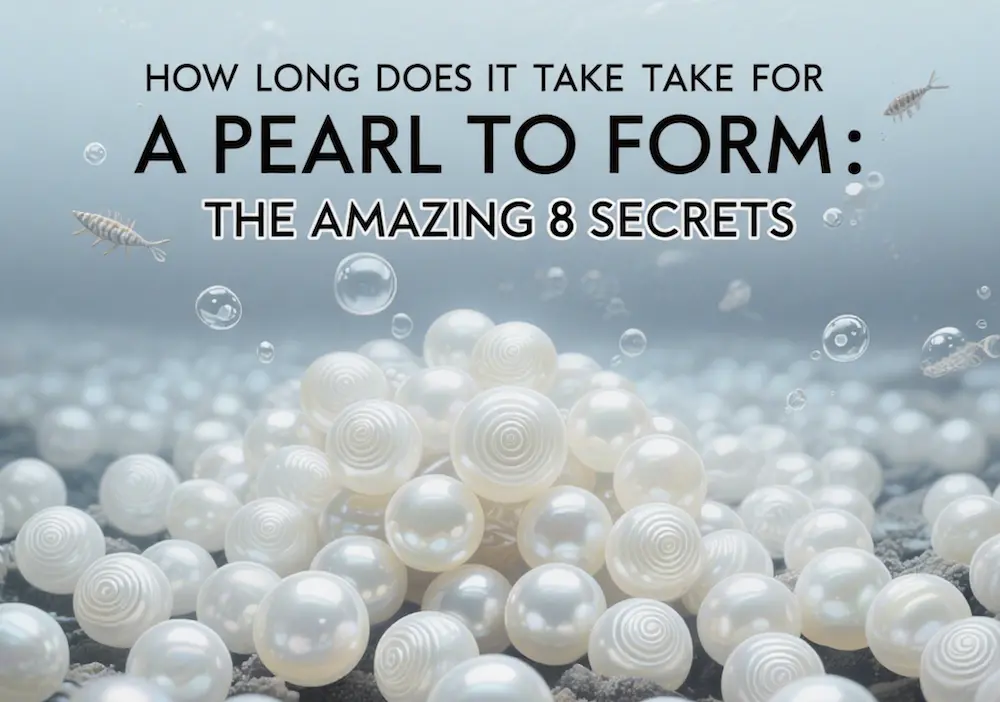
Think of pearl formation as way more than just a “thing that happens. It’s an amazing example of how completely connected life in the ocean is to the very flow of time. Every thin layer of a pearl tells a story of how it lived and changed. If you love jewelry, are interested in marine life, or just want to know more about these ocean treasures, knowing how long it takes for a pearl to form will completely change how you think about them. You’ll like them even more!
How Natural Pearl Formation Actually Works
Understanding the question of how long does it take for a pearl to form is essential for appreciating these ocean treasures.
It all starts when something unwanted, like a grain of sand, a parasite, or a bit of debris, gets inside the soft tissue of the mollusk. Think of it as the creature’s sophisticated defense mechanism kicking into high gear! The mollusk immediately responds by secreting layers of nacre, a crystalline substance composed of calcium carbonate platelets and organic proteins.
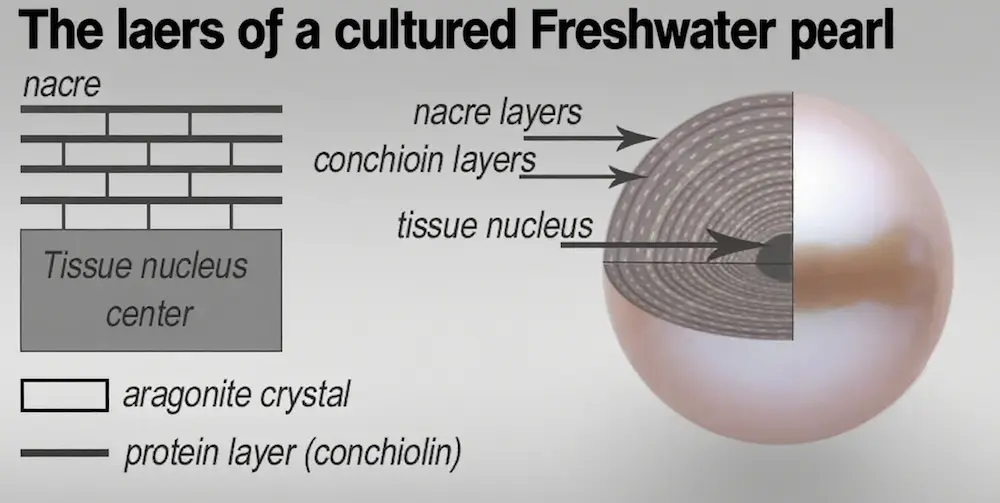
So, the process of coating the irritant with nacre is what decides how long it takes a pearl to form. Each incredibly thin layer, even thinner than your hair, builds on the one before it. The mollusk keeps secreting this substance its whole life, slowly turning that initial tiny irritant into something absolutely beautiful.
Natural pearls form in a different way than cultured pearls. Wild mollusks take their time, and how quickly they work depends on things like the water temperature, how much food is available, and the overall environment. Some natural pearls might get to a good size in just a few years, while others need decades of slow, patient layering. When people ask, “How Long Does It Take for a Pearl to Form,” the answer varies widely because these wild conditions can speed up or slow the process dramatically.
Different types of mollusks deposit nacre at different speeds. Saltwater mollusks tend to create a nacre that’s denser and shinier than what you get from freshwater ones. This basic biological difference affects both how long it takes for a pearl to form and how good the final pearl will be.
| Pearl Type | Formation Time Range | Key Characteristics |
|---|---|---|
| Natural Saltwater | 10-20+ years | Exceptional luster, irregular shapes |
| Natural Freshwater | 5-10 years | Varied colors, often baroque |
| Wild Abalone | 15-25 years | Unique iridescent colors |
The Timeline for Cultured Pearl Development and How Long Does It Take for a Pearl to Form
Modern pearl farming has completely changed the industry by giving us control over how quickly pearls form. Pearl farmers intentionally insert irritants into carefully chosen mollusks, which greatly speeds up the pearl-making process. Thanks to these techniques, if you ask, “How Long Does It Take for a Pearl to Form,” the timeline is now measured in months rather than years or decades.
- Akoya Pearl Timeline: Akoya pearls from Japan usually take about 9 to 24 months to form. These saltwater pearls develop fairly quickly because of ideal growing conditions and careful breeding programs. The controlled environment helps ensure that the nacre is consistently high quality and reduces unpredictable factors in their formation.
- South Sea Pearl Development: These stunning pearls require a lot more patience. How long does it take for a South Sea pearl to form? Usually at least 2 to 3 years! In the jewelry world, they sell for such high prices because they take longer to grow and get their unique luster.
- Tahitian Pearl Formation: Black pearls from French Polynesia take about the same amount of time to form as South Sea pearls. It takes 18 to 24 months for the special black-lipped oysters to make pearls that are the right size. However, it can take more than 3 years for them to make really amazing pearls.
- Freshwater Pearl Cultivation: Pearl farms in China are incredibly efficient at growing freshwater pearls. They can produce several pearls per oyster in just 2 to 7 years. The way they start the pearl formation (tissue-nucleated process) allows them to create pearls in various shapes and colors while keeping the formation time relatively short.
Factors Affecting Pearl Formation Speed
The temperature of the water has a big effect on how long does it take for a pearl to form. When the water is warmer, the oyster’s metabolism speeds up, which means it makes the pearl layers (nacre) faster. It takes longer for pearls to form in colder water, but they often have a better, more brilliant shine.
The health of mollusks has a direct effect on how fast they grow. Pearls grow faster in specimens that are well-fed and live in the best conditions than in specimens that are stressed or sick. To get the most out of their production schedules, pearl farmers spend a lot of money on keeping their growing areas perfect.
The size of the starting bead (nucleus) really affects how long it takes for a pearl to develop. Bigger beads need more layers of pearl coating (nacre) to reach a good thickness that people want to buy. Most cultured pearls need to have at least 0.4mm of this coating, and that minimum thickness is a key factor in how long the whole process takes.
| Environmental Factor | Impact on Formation Time | Quality Effect |
|---|---|---|
| Water Temperature (24-28°C) | Optimal speed | Balanced quality |
| Rich Plankton Diet | Accelerated growth | Enhanced luster |
| Clean Water | Normal development | Superior surface |
| Stable Salinity | Consistent progress | Even nacre layers |
Different Pearl Types and Their Formation Periods
Natural vs. Cultured Timeline Comparison
To understand how long does it take for a pearl to form, you should know the difference between cultured and natural pearls. Natural pearls develop randomly over a long, unknown period. Cultured pearls, on the other hand, are grown under controlled conditions to make them commercially profitable. That means they follow a planned schedule.
It’s really hard to predict how long does it take for a pearl to form in natural. Some amazing pearls found inside old oysters show they’ve been developing for 50 years or more! Because they’re so rare and have these unique qualities that come from growing for so long, these pearls are worth a fortune.
How long does it take for a pearl to form in a cultured environment depends on the type of oyster or mussel and what the pearl farmer wants to achieve. They have to balance the time it takes to grow with what people want, what people expect in terms of quality, and how much it costs to make them. You get more pearls if you grow them for a shorter time, but they might not be as good. You can make more money by growing them for longer, but it also costs you money.
Freshwater vs. Saltwater Development
Freshwater mussels usually make pearls faster than saltwater oysters. The water with less salt helps them cover the pearl nucleus faster. But the pearls they make don’t always look the same as the ones from the ocean.
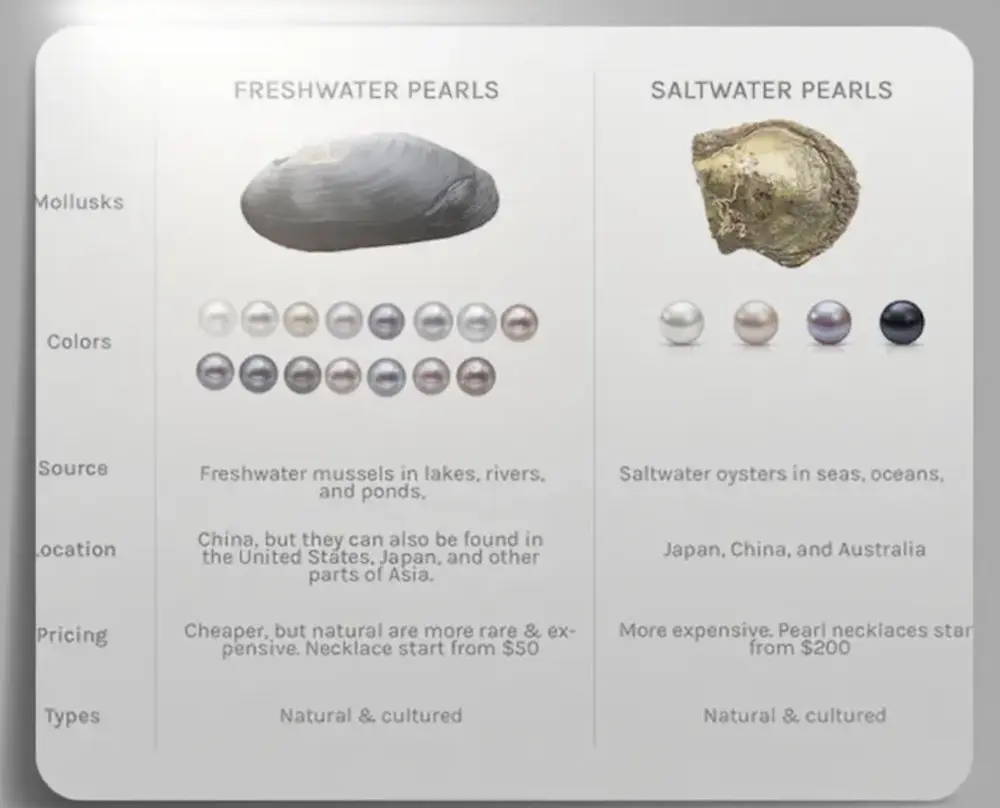
On the other hand, saltwater pearls need more time to develop. But the payoff is that they usually end up with a better shine and a more perfectly round shape. The stuff in seawater helps the oyster create a denser, more compact coating, which gives those high-end pearls that gorgeous, mirror-like shine everyone loves.
Think of it this way: Freshwater pearls grow faster, but saltwater pearls are worth the extra wait. They’re more beautiful and last longer. That’s why Tahitian and South Sea pearls, which take longer to grow, cost so much more. You are paying for both time and quality.!
The Science Behind Pearl Formation Time
Biological Processes Controlling Development
The oyster’s mantle tissue is really in charge of the whole pearl-making operation. Epithelial cells, which are special cells in this tissue, release the ingredients for nacre and put them together in a perfectly organized, crystal-like shape. To really understand how long does it take for a pearl to form, you need to dive deep into how these cells work!
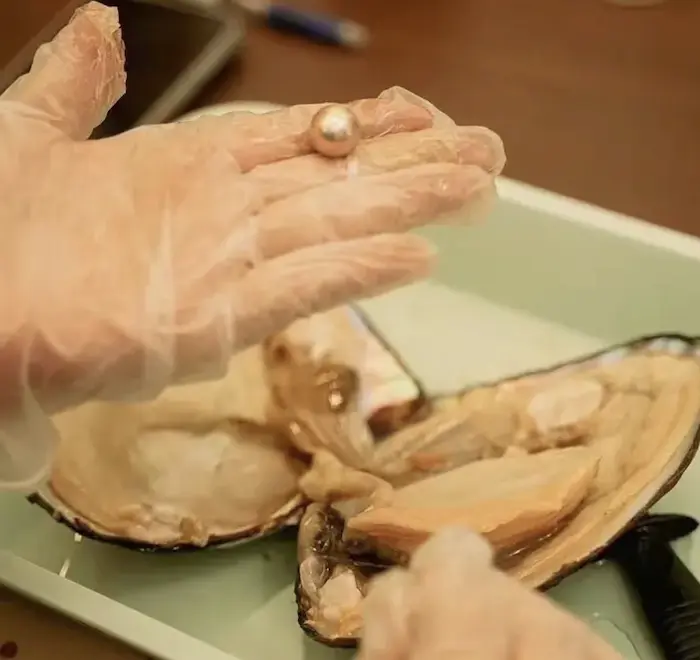
There are 95% aragonite crystals and 5% organic proteins called conchin in nacre. This unique mix of materials gives the pearl its strength, shine, and color. The layering process follows strict biological rhythms that are affected by the seasons and the circadian cycles.
Researchers have discovered that the rate at which an oyster lays down nacre can change over time. Younger, healthier oysters usually make pearls faster than older ones. When pearl farmers are planning how to grow and harvest their pearls, they should definitely think about this.
Think about how thin each layer of a pearl is—only about half a micron! To make a big pearl, you need a lot of these tiny layers. That’s why it takes a long time for pearls of good quality to form. The oyster does this whole building process with amazing accuracy. It really is one of the best things that nature has done.
Environmental Impact on Formation Speed
The ocean has a big effect on how long it takes for pearls to grow. The changing seasons, the oysters’ food supply, and the cleanliness of the water can all have a direct effect on how quickly nacre is made and how long it takes for a pearl to fully grow.
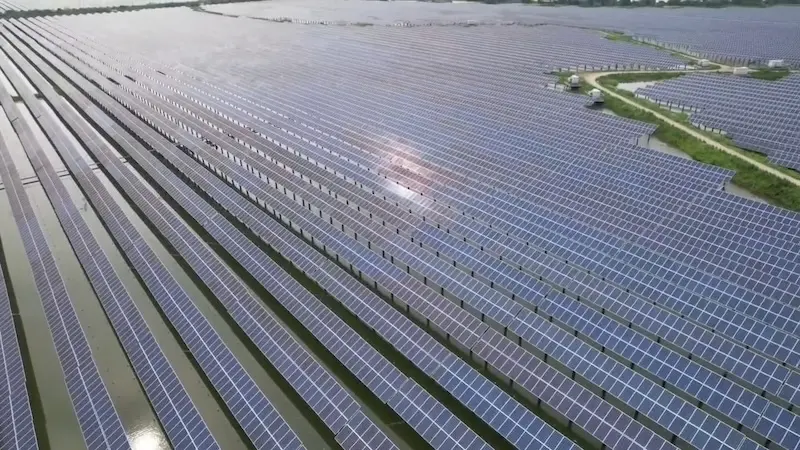
Optimal growing conditions include:
- Water temperatures between 24-28°C (75-82°F)
- Lots of phytoplankton for food
- Very little pollution and dirt in the water
- Steady salt levels that are just right for the particular type of oyster
- Safe from animals that might eat them and bad weather.
Climate change is making a real difference in How Long Does It Take for a Pearl to Form. The ocean’s acidity can change the amount of calcium carbonate that is available, which could slow down the production of nacre. Warmer sea temperatures might speed up growth at first, but they could also stress the oysters so much that they can’t grow properly.
| Season | Formation Rate | Quality Impact |
|---|---|---|
| Spring | Accelerated | High luster development |
| Summer | Peak activity | Optimal growth conditions |
| Fall | Moderate pace | Consistent layering |
| Winter | Slowest period | Dense nacre formation |
Factors That Influence Pearl Formation Duration
Species-Specific Variations
Some kinds of oysters are much better at making pearls than others. For example, South Sea pearl oysters can grow really big pearls on their own, but it takes a long time. Akoya oysters make smaller pearls than South Sea pearl oysters , but they are very shiny and grow faster.
When you’re wondering how long does it take for a pearl to form , it gets complicated because it depends on the oyster’s genes. Some breeding programs have even created special types of oysters that make nacre (the stuff pearls are made of) faster. This means they can grow pearls quicker without sacrificing how good they look!
Genetic Factors: Some mollusk families inherit superior pearl-producing genes. These specimens consistently develop high-quality pearls faster than average individuals. Pearl farmers increasingly focus on breeding programs to optimize both quality and formation speed.
Size and Quality Relationships
To put it simply, the bigger you want the pearl to be, the longer it will take to grow. It will take a lot longer to make a 10mm pearl than a 7mm one. To make the pearl grow bigger, the oyster has to add tons and tons of those super thin, shimmering layers called nacre.
The quality you want also has an impact on how long does it take for a pearl to form. You need to give it more time if you want a pearl that is really high quality, has a great shine, and a smooth surface. You won’t get as beautiful a pearl if you try to rush things.
Commercial Considerations: They need to think about how long it takes a pearl to form versus what people want to buy. Letting pearls grow longer costs more money, but you get those really valuable, high-quality gems. Knowing how long it really takes for a pearl to form can help people understand and appreciate why good pearls cost what they do.
The correlation between size and formation time is not strictly linear. Development speed is affected by a number of things, including the environment, the health of the mollusk, and the type of nucleus. Some large pearls grow surprisingly quickly when the conditions are just right, while others take years of careful cultivation.
Commercial Pearl Farming Timelines
Modern Cultivation Techniques
Modern pearl farms use very clever ways to get things done faster. They carefully put the right-sized “seed” in the oyster at the right time in its life. Compared to how they form naturally, this exact method makes it much easier to grow pearls.
Pearl farmers are always watching the water and making small changes to things like food, the flow of the water, and the depth of the oysters, to keep the environment suitable for growth. Controlling everything helps them presume how long does it take for a pearl to form.
Technology Integration: Modern pearl farms use a lot of technology to grow pearls better. Things like underwater cameras, water sensors, and special software help them keep track of everything. This tech helps them figure out pretty accurately how long a pearl will take to grow under specific conditions.
To make sure the pearls are consistently good, they check them regularly throughout the growing process. By inspecting the pearls, farmers can adjust things or decide when to harvest based on how they’re developing. This hands-on approach helps them get the best quality pearls and make the most money.
Regional Variations in Production
Where you grow pearls affects how they turn out because of the local environment. For example, in Australia, South Sea pearl farms have really clean water and perfect temperatures. This helps them grow amazing pearls in about 2 to 2.5 years.
Japanese Akoya cultivation represents centuries of refinement in pearl farming techniques. The controlled bay environments and selective breeding programs enable predictable 12-18 month formation cycles while maintaining superior quality standards.
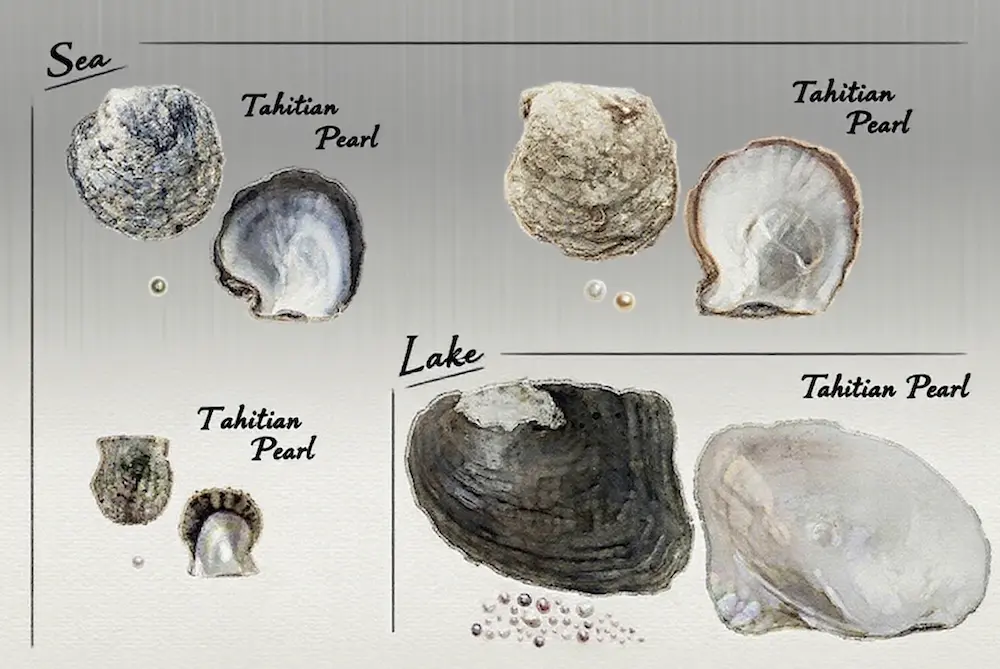
In China, they focus on growing lots of freshwater pearls efficiently. They can grow several pearls in one oyster and have really good growing conditions. This makes it profitable to grow them for 2-4 years. Because of this, they can offer high-quality pearls at wholesale prices, making them available to more people.
In French Polynesia, Tahitian pearl farmers use special black-lipped oysters. These oysters need about 1.5 to 3 years to grow really good pearls. The clear, clean lagoons are perfect for this, but you have to be patient to get those amazing Tahitian pearls.
Comparing Natural vs. Cultured Pearl Formation
Time Investment Differences
Natural pearls are the most patient of all. Wild oysters and other shellfish make them all by themselves, and it takes decades for them to do so without any help from us. This creates one-of-a-kind pearls with unique characteristics that can’t be copied. The only problem is, you never know how long it’ll actually take for one to form!
Growing pearls on farms lets you control how long they take to develop, which is really important for selling them and making a profit. Knowing how long it takes a pearl to form means farmers can plan when to harvest them, manage their stock, and keep up with what the market wants.
Investment Considerations: Natural pearls are expensive, and one reason is that they take ages to form in the wild, with no one controlling the process. The longer it takes, the rarer they become because not many survive for years and years while dealing with all the challenges of the ocean. Since they’re so rare, their value goes way up.
Cultured pearls are a good source of pearls that don’t take a long time to grow. People can buy beautiful pearl necklaces and other jewelry at a fair price. They can enjoy the beauty of pearls without having to spend a lot of money on rare, natural ones.
Quality Differences Over Time
Longer formation times don’t always mean better quality. Natural pearls can take a long time to form, but they can be damaged by the environment, grow in strange ways, or have flaws inside. Cultured pearls, on the other hand, can reach very high quality in a set amount of time if they are cared for properly.
What really matters isn’t just time, but having the right conditions. A cultured pearl that has grown in the best conditions for just a year and a half might be better than a natural pearl that has had to deal with a lot of problems for decades.
Surface Quality Evolution: Pearl luster develops progressively through countless nacre layers. However, the quality of each layer depends on the mollusk’s health and environmental conditions during deposition. Basically, if the conditions are good and consistent, you’ll get better pearls, no matter how long does it take for a pearl to form.
You can better appreciate the skill that goes into making both natural and cultured pearls when you know how long it takes for a pearl to form. Each kind is a unique combination of time, the environment around it, and the process of living that makes these amazing gems.
Maximizing Pearl Quality Through Optimal Formation Time
The Sweet Spot for Different Pearl Types
Figuring out the best time to grow a pearl is a balancing act. You want to get the highest quality, but you also need to think about making it profitable. For Akoya pearls, you usually get the best quality within 12 to 18 months. After that, waiting longer doesn’t really improve the pearl much, but it does make it more expensive to produce.
South Sea pearls are different. They actually get better if you let them grow for a longer time, like 24 to 36 months. The oysters are bigger, and the water’s cooler, so they just naturally need more time to develop that impressive size and beautiful shine that makes them so special.
Quality Indicators: Pearl experts look at things like how thick the nacre is, how bright the shine is, how smooth the surface is, and how round the shape is. All of these things get better as the pearl grows. Farmers decide when it’s the perfect time to harvest the pearls.
Freshwater pearls are a bit of a special case because you can grow multiple pearls inside one oyster. If you harvest them too soon, the quality suffers. But if you wait too long, the oysters are more likely to die, which isn’t good for the farm in the long run. So, timing is really important to get the best of both worlds.
Environmental Optimization Strategies
Pearl farms these days are very high-tech! They speed up the growth of pearls by carefully controlling the environment. For example, they can keep the water at the right temperature all growing season. No matter what the weather is like outside, this keeps the pearls growing at the same rate, so when someone asks, “How Long Does It Take for a Pearl to Form,” the farms can now predict the answer with impressive precision.
Also, they have these carefully planned feeding schedules that make sure the oysters or mussels get all the minerals and proteins they need. This is important for them to make good nacre, which is what pearls are made of! This controlled feeding strategy speeds things up and makes for better-looking pearls.
Depth Management: And, where they hang the oysters (or mussels) in the water matters, too! Keeping them at the right depth gives them the best water flow, stable temperatures, and protection from harsh conditions. This careful placement really affects how quickly the pearls grow and how good they end up being.
To protect the oysters (or mussels) from predators, they use special defense systems. That way, the mollusks can focus on making pearls instead of just trying to survive. Less stress means they can produce that beautiful nacre faster and more consistently during the whole growing process.
Genetic research and new technology are the keys to speeding up the process of making pearls in the future. Researchers are looking at the genes of these mollusks to find the ones that control the making of nacre. The goal is to breed oysters or mussels that can make pearls faster without lowering their quality.
Pearl farms are changing too because the ocean is changing. They’re figuring out how to keep the best growing conditions even though the weather is changing. Even when traditional pearl-growing areas have environmental problems, these new methods help keep the time it takes for pearls to form the same, so the question “How Long Does It Take for a Pearl to Form” can still be answered with the same predictable schedule despite shifting seas.
Sustainable Practices: Pearl farms are becoming more and more aware of how their actions affect the environment. It might take longer for pearls to form if you farm in a way that doesn’t hurt the ocean. But it also makes sure that the pearl industry can keep going for a long time and that we are taking care of the environment.
There is also research being done on new ways to grow pearls that might make the process faster without hurting the quality. In a controlled environment, these new techniques could completely change how we think about how pearls are made.
Conclusion: The Time Investment Behind Every Pearl
The question “how long does it take for a pearl to form” shows the patience you need to be to make these ocean treasures. Whether it’s a natural pearl that takes decades to form in the wild, or a cultivated pearl carefully grown on a farm in a controlled time frame, it takes a whole lot of time, hard work, and complex biological processes to create each one.
Knowing when pearls form makes you appreciate these amazing gems even more. Pearls are unique because they combine time, biology, and environmental art in a way that few other gems can. They can be worn as elegant jewelry or collected as natural curiosities.
It takes a lot of time and care for nature to change something annoying into something beautiful, like turning a tiny grain of sand into a glowing pearl. So, the next time you see a shiny pearl, think about how long it took to grow into its own shape and color.
Modern pearl cultivation techniques have made these treasures more accessible while maintaining the essential time investment that defines their quality. The balance between formation duration and final gem characteristics continues driving innovation in pearl farming practices worldwide.
If you’re interested in pearl jewelry or even thinking about investing in these timeless gems, understanding how long they take to form—exactly the question “How Long Does It Take for a Pearl to Form”—is really helpful. It gives you a better appreciation for how rare natural pearls are, and how consistently beautiful cultured pearls can be. Every pearl has its own story, told not just through its beauty, but also through time itself.
FAQs
What is the rarest color for a pearl?
The rarest natural pearl color is blue, an exceptionally uncommon hue that can appear in various pearl types like Akoya and South Sea pearls. This color is highly prized by collectors for its unique beauty and scarcity.
Are oysters killed when pearls are removed?
In modern pearl farming, oysters are not intentionally killed; they are carefully opened to extract the pearl and can often be used again to cultivate more. While this surgical process can be stressful and sometimes fatal, the goal of sustainable farming is to keep the oyster alive.
How rare is it to find a pearl in an oyster?
Finding a natural pearl in a wild oyster is extremely rare, with estimates often cited at around 1 in 10,000. Most pearls on the market today are cultured, where nearly every oyster is cultivated to produce a pearl.
How much is a single pearl worth?
The value of a single pearl varies dramatically, from a few dollars for a small freshwater pearl to thousands for a rare Tahitian or South Sea pearl. Its worth is determined by key factors including its type, size, luster, shape, and surface quality.


